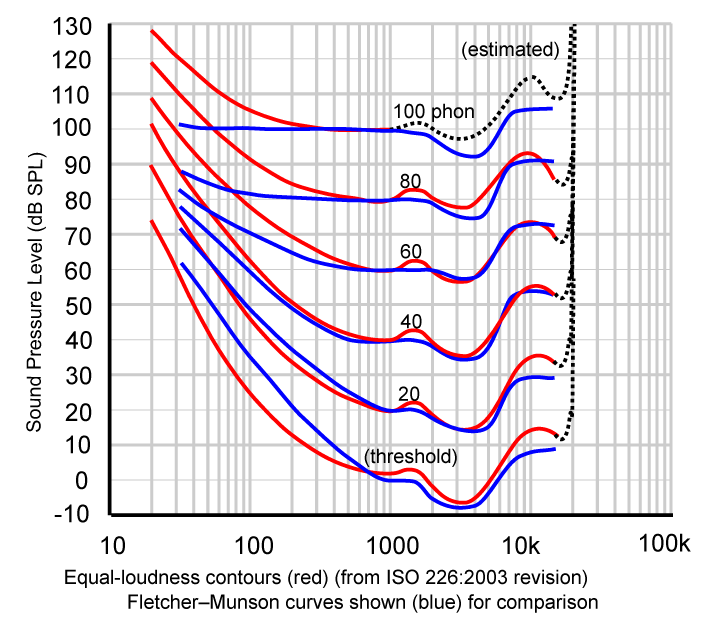Another Easy Way of Composing Music
- Improvise a riff, an ostinato. Or loop a short sequence of notes.
- Write a bassline. Maybe make an alternative pattern.
- Add drums.
- Extract kick, snare, hihats etc. to individual channels.
- Put in a chord progression on strings or pads to follow the bass.
- Add a second voice on an octave from the first riff, harmonize.
Some people get more inspired by starting with the drums (so you can change order of point 1-3). Anyway, by now you have a few bars repeating over a few seconds. Copy and paste this sequence with all channels active. It’s then time to arrange a song structure by removing channels.
Perhaps begin with an intro of the riff, build up with drums, add bass, mute the riff, let bass and drum play together for a few bars, add a new lead, bring in the original riff, mute bass and kick, put in a breakdown with only chords, make a drop with everything you got, mute some of the instruments, add others, change instrument for an already played sequence, change octave for bass for a brief moment etc. Remember to split the full drum pattern and mute different drums on different parts of the track.
Depending of what kind of orchestration your after, but maybe keep it simple – like a real five man band, where the drummer only have two hands and two feet, so don’t hit all cymbals and toms at once even if you can electronically. And each other band member plays only one instrument at a time.
In other words write a few bars of music with five different instruments that sound good together, then just mute and unmute over time.
And If you’re into pop music, you might what to construct your song around verse, chorus, bridge and so on, and write a strong lead melody over all parts.

